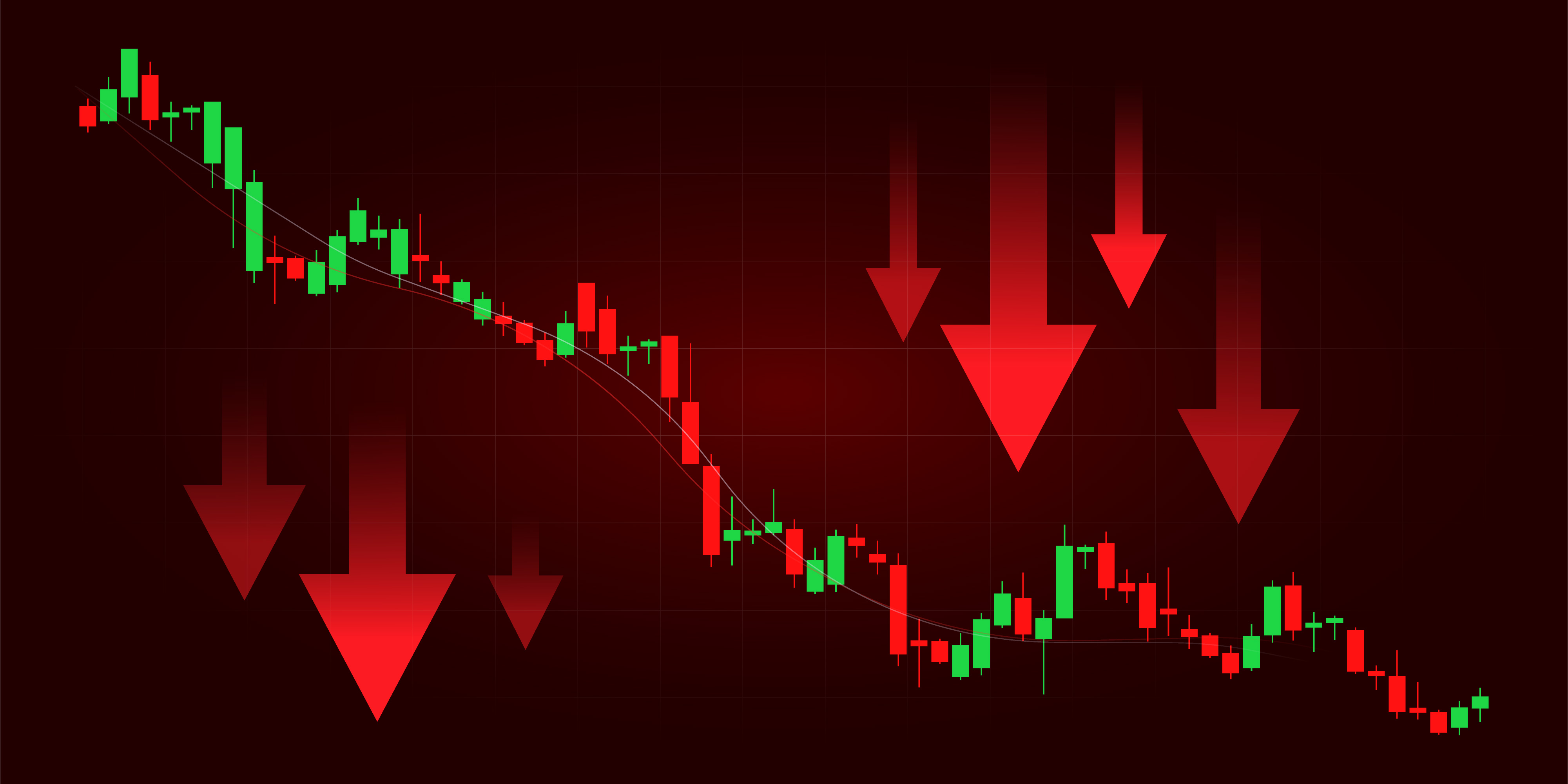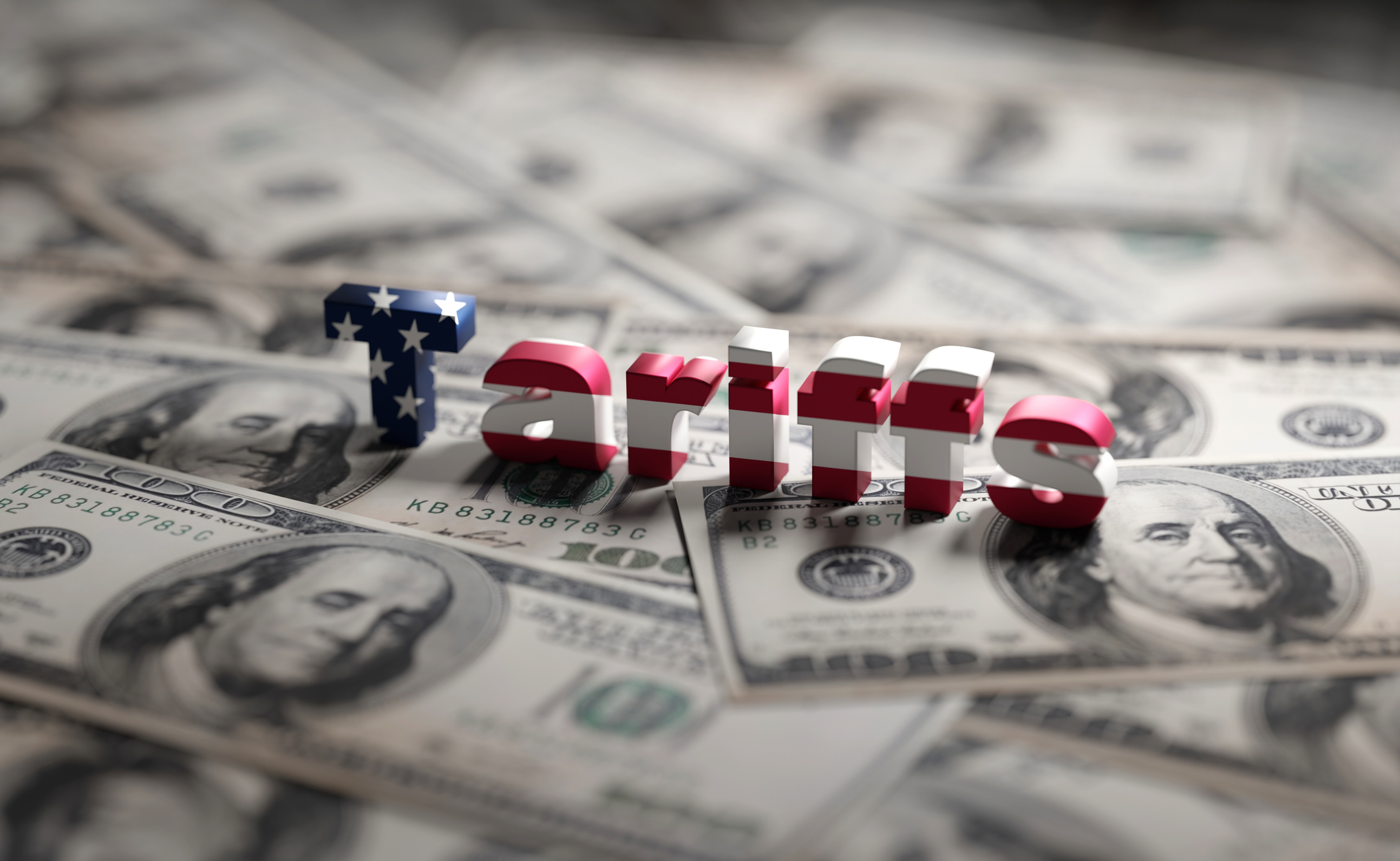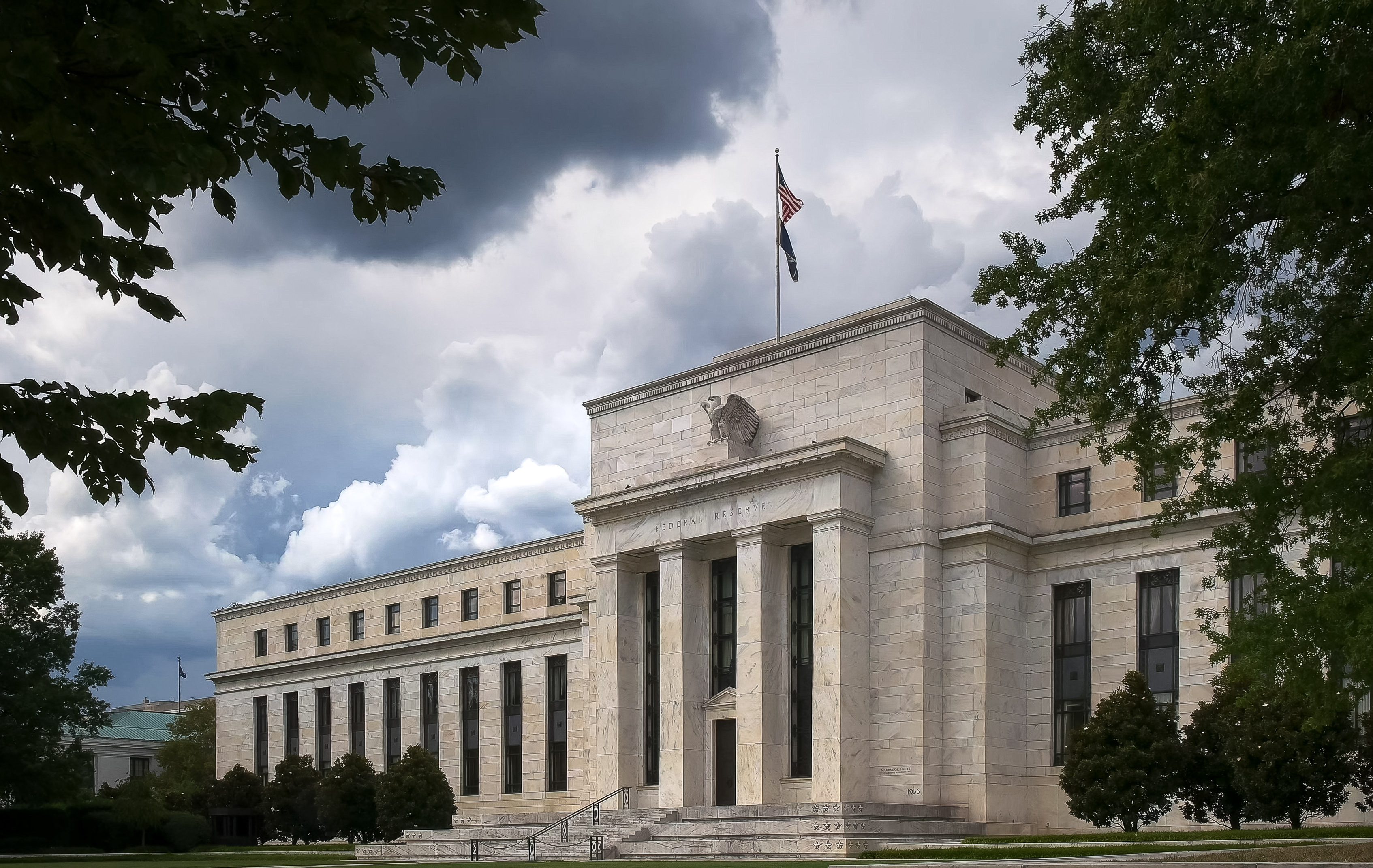Stocks That Pay More and More
Buying stocks that consistently boost dividends is a smart move over the long run.
Growth-stock investors often look down their noses at dividends, which they consider a sign of a business that is past its prime. We don't agree. Buying stocks that pay a steadily rising dividend has long been a growth-stock strategy, and, we think, a good one.
We believe investors willing to venture back into the post-crash stock market should put dividend-raising stocks high on their list. A lot of great ones are selling at deeply discounted prices right now. In fact, dividend raisers offer the best of two worlds. These companies usually have steadily rising profits and prospects for more of the same. Plus, they offer a small measure of stability in these tumultuous times. Executives of these firms know their investors expect annual raises and that providing them is job one. "I view dividend payments as a long-term commitment by management," says David Ginther, manager of Ivy Dividend Opportunities fund.
Unfortunately, dividend-investing strategies have taken a hit lately because of turmoil in the financial sector. Banks and other financial companies have been the backbone of many dividend-investing strategies, accounting for about a fifth of all dividends paid out by companies in Standard & Poor's 500-stock index. But many financial companies, including Citigroup and Bank of America, have responded to their industry's well-publicized troubles by reducing their payouts.
From just $107.88 $24.99 for Kiplinger Personal Finance
Be a smarter, better informed investor.

Sign up for Kiplinger’s Free Newsletters
Profit and prosper with the best of expert advice on investing, taxes, retirement, personal finance and more - straight to your e-mail.
Profit and prosper with the best of expert advice - straight to your e-mail.
While some dividend-stock indexes have taken a big hit this year, dividend-raising stocks have more than held their own. The S&P 500 Dividend Aristocrats index, a collection of companies that have consistently raised dividend payments for 25 years or more, is down 27% this year, far less than the 38% loss of the S&P 500 overall.
With that in mind, we looked around for attractively priced dividend payers that, despite the recent turmoil, still look like good bets to continue rewarding shareholders with rising payouts. These five fit the bill.
Transformed cash cow
IBM has been paying dividends since 1913, but lately Big Blue has been raising them at an attention-getting rate. In the past five years the payout has risen by more than 20% annually, and since 2006 it has nearly doubled, to $2 a share. How can a company with revenues growing by a modest 3% to 4% or so a year produce these outsize dividend gains?
IBM's global business generates immense amounts of cash -- $70 billion in the past five years and $17.4 billion in 2007 alone. Some of that money has been used to retool IBM's business and make it more profitable. Since 2003, the company has shed its slow-growing businesses, such as PCs and disk drives, and acquired more than 60 higher-growth firms, many of them in software and business services. As a result, its pretax profit margin has risen significantly, to 14.7% last year from 10.6% in 2003.
The Armonk, N.Y., company is also using its cash -- and $11.5 billion in borrowed funds -- to buy back its stock, increasing the earning power of the shares that remain. Last year, it spent $19 billion on share repurchases, reducing the total outstanding by about 7%. For 2008, it expects to spend another $12 billion to repurchase shares. Don't worry. There's plenty left over for dividends. Last year, the $2.1 billion IBM paid out was a small portion of its $10.4 billion in net income.
Can IBM keep it up? We think so. The company offered one of the market's few glimmers of hope in October when it said third-quarter net income would come in 20% higher than a year ago. The company's business is well diversified. It operates in 170 countries and gets two-thirds of its revenues outside of the U.S. About half of those revenues come from long-term service contracts. That helps make its earnings stable and predictable. At $88 a share, the stock (symbol IBM) sells at a reasonable nine times expected 2009 earnings of $9.42 per share, up from estimated 2008 profits of $8.73 per share (all prices are to October 13).
Play for the long run
Sportswear giant Nike is a relative newcomer to the dividend-raisers team. Since 2003, it has boosted its payout by 27% annually, to a current rate of 92 cents a share. With the company's ubiquitous swoosh logo turning up in more places around the world, the dividend gains should keep coming.
Nike is the sportswear market leader in the U.S. (with a 36% share, compared with 21% for Adidas) and China, which is now Nike's second-largest market. About two-thirds of Nike's sales are outside the U.S., helping to blunt the impact of the softening domestic economy. Last year, sales rose 9% globally (excluding currency gains), despite just 4% growth in the U.S. Sales increased in every geographic market and in each of Nike's business segments. A strengthening dollar (which makes exports more expensive for foreign buyers) and slowing foreign economies could become a drag on international sales.
Even so, we think Nike can harness its size and financial strength to keep profits growing steadily for a long time. Like IBM, Nike continues to fine-tune its mix of businesses. For example, it sold Starter, a maker of inexpensive sneakers and athletic clothing, and added Umbro, which has cachet among soccer aficionados. Nike is also using its hefty cash flow to pay dividends and repurchase shares (it bought back $1.2 billion worth during the fiscal year that ended last May). The Beaverton, Ore., company's balance sheet is in great shape, with little debt and nearly $3 billion in cash and short-term investments.
At $55, the shares (NKE) are 23% below their March peak of $71. They trade at 14 times expected earnings of $4.01 for the fiscal year that ends next MayQa reasonable though not rock-bottom valuation for a solid and growing business.
[page break]
Boomer parts supplier
Stryker is a successful maker of surgical-implant devices and hospital equipment, with a seven-year streak of 10%-or-better sales gains and 20%-plus increases in operating profits. The Kalamazoo, Mich., firm annually generates $1 billion in free cash flow (profits plus depreciation and other noncash expenses, minus the capital expenditures needed to maintain the business), and it has more than $2.5 billion in cash in the bank.
Even though those are the makings of a great dividend-paying stock, paying out cash is not a priority for Stryker. The company prefers to spend its cash on acquisitions (which have fueled much of its growth over the years) and share repurchases. Still, the dividend's recent trajectory -- it doubled in 2007, to 22 cents a share, and rose another 50% this year, to 33 centsQis a promising signal. At $51 in mid October, the stock (SYK) yields a meager 0.6%, but thatUs triple the 0.2% average yield of the past five years.
Prospects for further growth are bright. The company is a leading maker of replacement hips and knees, the demand for which is growing as the population ages. Stryker expects to introduce two artificial spinal discs by 2010. Sales from its medical-supply business, which furnishes hospitals with everything from beds to emergency-room equipment, are expected to grow by more than 20% this year.
Stryker faces a number of issues that weigh on its shares, which trade near a 52-week low (although they still fetch a pricey 15 times expected 2009 earnings of $3.41 per share). Slower growth and a product recall have plagued its replacement-hip business. And the company must spend millions of dollars to address Food and Drug Administration complaints about its manufacturing plants. But Stryker's management has a stellar track record, and that experience combined with the firm's financial prowess should help the company overcome these near-term hurdles.
Ship-less shipper
Expeditors International of Washington has built a profitable freight-forwarding and logistics business without owning a single airplane or ship. Instead, it leases cargo space from airlines and steamship operators and resells it to shippers at lower rates than they could get dealing directly with the carriers. About 60% of its revenues come from this business and related services. The rest comes from helping steer clients' shipments through customs around the world.
Founded in 1979, Expeditors has offices in 175 cities on six continents. Revenues have risen an average of more than 15% annually over the past five years. Morningstar analyst Keith Schoonmaker estimates that the Seattle company's operating-profit margins approach 30%.
With no debt and relatively low capital-investment requirements, the company has built up a hoard of cash -- $704 million at the end of June. Steady growth, consistent profits and a lot of cash are ideal conditions for a company that likes to boost its dividend, and Expeditors doesn't disappoint. Its payout has risen 13 straight years, to 32 cents a share. Over the past five years, the dividend has grown at an annualized 33%.
The business of freight forwarding and logistics is economically sensitive, and Expeditors' profits could suffer if the global economy slows further. Also, stocks with Expeditors' record of consistent growth donUt come cheap. The shares (EXPD) trade for 18 times estimated 2009 profits of $1.58 per share. But at $28, they're well below their 52-week high of $53 and Schoonmaker's current-value estimate of $50.
Northern rail star
With tracks that connect the Atlantic and Pacific oceans and the Gulf of Mexico, Canadian National Railway is arguably the best-positioned North American railroad. Nearly 90% of the goods Canadian National carries begin their journey on its network, giving the company pricing and efficiency advantages over its competitors. Canadian National's customer base is well diversified and includes producers of forest products (at 20% of its revenues, the company's largest cargo type), oil and chemicals, grain, coal, and auto parts.
The Montreal-based company also has a growing intermodal business (18% of revenues), which involves transporting prepacked containers unloaded from ships. Second-quarter intermodal revenue was 15% higher than in the same period last year (adjusted for changes in currency-exchange rates), thanks in large part to a new container terminal that opened a year ago at the Port of Prince Rupert, in British Columbia; it's the closest North American port to China, and it is served exclusively by Canadian National. The rapid development of the Alberta oil sands is spurring growth in the railroad's petroleum and chemicals segment (15% of revenues).
Plus, Canadian National is one of the continent's best-run and most profitable railroads. Earnings have grown 26% a year over the past five years. Free cash flow is plentiful, allowing dividends to grow at an annual rate of 24% over the past five years, to 86 cents currently. The railroad has also repurchased 31 million shares in the past year, and in July it announced that it would buy as much as another 25 million, equal to 5% of its outstanding shares.
Rising fuel costs, a strong Canadian dollar and slowing sales for the company's timber and automotive customers will slow the earnings growth rate to single digits this year. But analysts expect earnings to jump 15% in 2009, to $3.81 per share. At $40 (U.S.), the shares (CNI) trade for 11 times next year's earnings estimate.
A fund that loves dividends
Many mutual funds pursue dividend-focused strategies. but only a handfulconcentrate on companies that consistently raise their dividends. Our favorite is Vanguard Dividend Growth (VDIGX). First-time manager Donald Kilbride has been at the helm only since 2006, but he has done better than most during the current bear market by steering clear of financial stocks and loading up on shares of companies involved in consumer necessities, health care and industrial products. Over the past year to October 13, the fund lost 31%, beating Standard & Poor's 500-stock index by ten percentage points.
For now, we would avoid exchange-traded funds that follow rising-dividend strategies. Many contain a flaw that just can't be overlooked: They track indexes chock-full of financial stocks. For example, iShares Dow Jones Select Dividend Index (DVY), which lost 39% over the past year, has nearly half of its assets in financials. Given all the turmoil and uncertainties, weÕd prefer a fund that gives its manager the freedom to pick and choose within this sector.
Profit and prosper with the best of Kiplinger's advice on investing, taxes, retirement, personal finance and much more. Delivered daily. Enter your email in the box and click Sign Me Up.
-
 Dow Sinks 301 Points on Trade War Talk: Stock Market Today
Dow Sinks 301 Points on Trade War Talk: Stock Market TodayThe contentious relationship between the world's two biggest economies continues to drive global financial markets.
-
 Top Places to Park $10K (or More) as Rates Start to Fall
Top Places to Park $10K (or More) as Rates Start to FallWith more rate cuts upcoming, here are some smart places to maximize your savings on $10,000.
-
 How to Invest for Rising Data Integrity Risk
How to Invest for Rising Data Integrity RiskAmid a broad assault on venerable institutions, President Trump has targeted agencies responsible for data critical to markets. How should investors respond?
-
 What Tariffs Mean for Your Sector Exposure
What Tariffs Mean for Your Sector ExposureNew, higher and changing tariffs will ripple through the economy and into share prices for many quarters to come.
-
 How to Invest for Fall Rate Cuts by the Fed
How to Invest for Fall Rate Cuts by the FedThe probability the Fed cuts interest rates by 25 basis points in October is now greater than 90%.
-
 Are Buffett and Berkshire About to Bail on Kraft Heinz Stock?
Are Buffett and Berkshire About to Bail on Kraft Heinz Stock?Warren Buffett and Berkshire Hathaway own a lot of Kraft Heinz stock, so what happens when they decide to sell KHC?
-
 How the Stock Market Performed in the First 6 Months of Trump's Second Term
How the Stock Market Performed in the First 6 Months of Trump's Second TermSix months after President Donald Trump's inauguration, take a look at how the stock market has performed.
-
 Fed Leaves Rates Unchanged: What the Experts Are Saying
Fed Leaves Rates Unchanged: What the Experts Are SayingFederal Reserve As widely expected, the Federal Open Market Committee took a 'wait-and-see' approach toward borrowing costs.
-
 Fed Sees Fewer Rate Cuts in 2025: What the Experts Are Saying
Fed Sees Fewer Rate Cuts in 2025: What the Experts Are SayingFederal Reserve The Federal Reserve cut interest rates as expected, but the future path of borrowing costs became more opaque.
-
 Fed Cuts Rates Again: What the Experts Are Saying
Fed Cuts Rates Again: What the Experts Are SayingFederal Reserve The central bank continued to ease, but a new administration in Washington clouds the outlook for future policy moves.